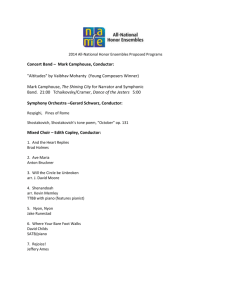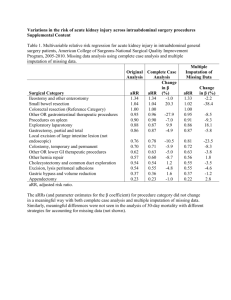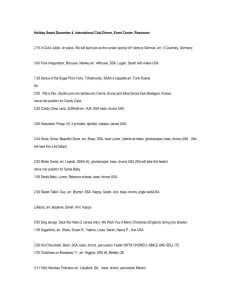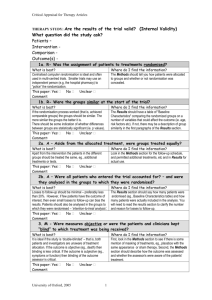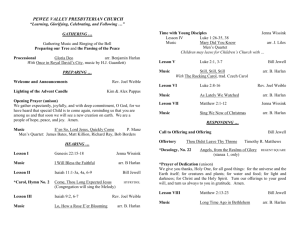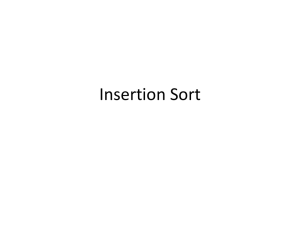File
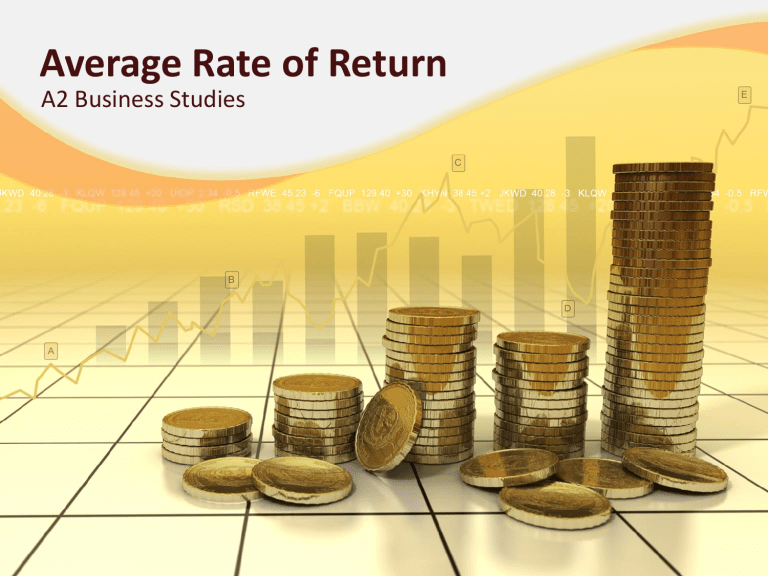
Average Rate of Return
A2 Business Studies
Aims and Objectives
•
Aim:
To understand the investment appraisal technique:
Average Rate of Return.
•
•
•
•
Objectives:
Define ARR
Calculate ARR
Analyse ARR results
Evaluate ARR method
Starter
Explain what the payback method calculates.
Explain two benefits of the payback method.
Explain two drawbacks of payback method.
ARR Definition
Average Rate of Return assesses the merits of an investment by calculating the average annual profit as a percentage of the initial investment.
Step 1
Calculate the average annual profit by adding up all net cash flows divided by the number of years.
Average annual profit
= Total net cash flow / Number of Years
Step 1
Machine A =
(£750,000) + £142,500 + £192,500 + £252,500 +
£252,500 + £292,500 = £382,500
Average Annual Profit =
£382,500/5 = £76,500
Step 2
Divide the average annual profit by the initial investment and show as percentage.
ARR = (Average Annual Profit/Initial Investment) x 100
Step 2
ARR = (£76,500/£750,000) x 100 = 10.2%
The ARR for machine A is 10.2 %
Machine B
Calculate the ARR for machine B.
Show all calculations and formulas in your working out.
Make everything obvious to the examiner!
Analysis and Evaluation of ARR
Higher the ARR the more potentially profitable the investment.
Analyse machine A’s and machine B’s ARR.
Evaluation: Benefits & Drawbacks
• Discuss the benefits and drawbacks of ARR method.
• Consider:
Interest Rates and lending
ROCE
Cash Inflows
Comparisons
Evaluation: Benefits
• Easy comparison with other forms of investment
• Can compare with interest rate
• Compared to current or target ROCE figure
Evaluation: Drawbacks
• Does not take into account specific timings of cash inflows.
• An investment may appear profitable, but if it takes four years before a positive net cash flow is achieved this might threaten the firm’s short term survival
Plenary
•
• Define ARR
Explain how to calculate ARR.

